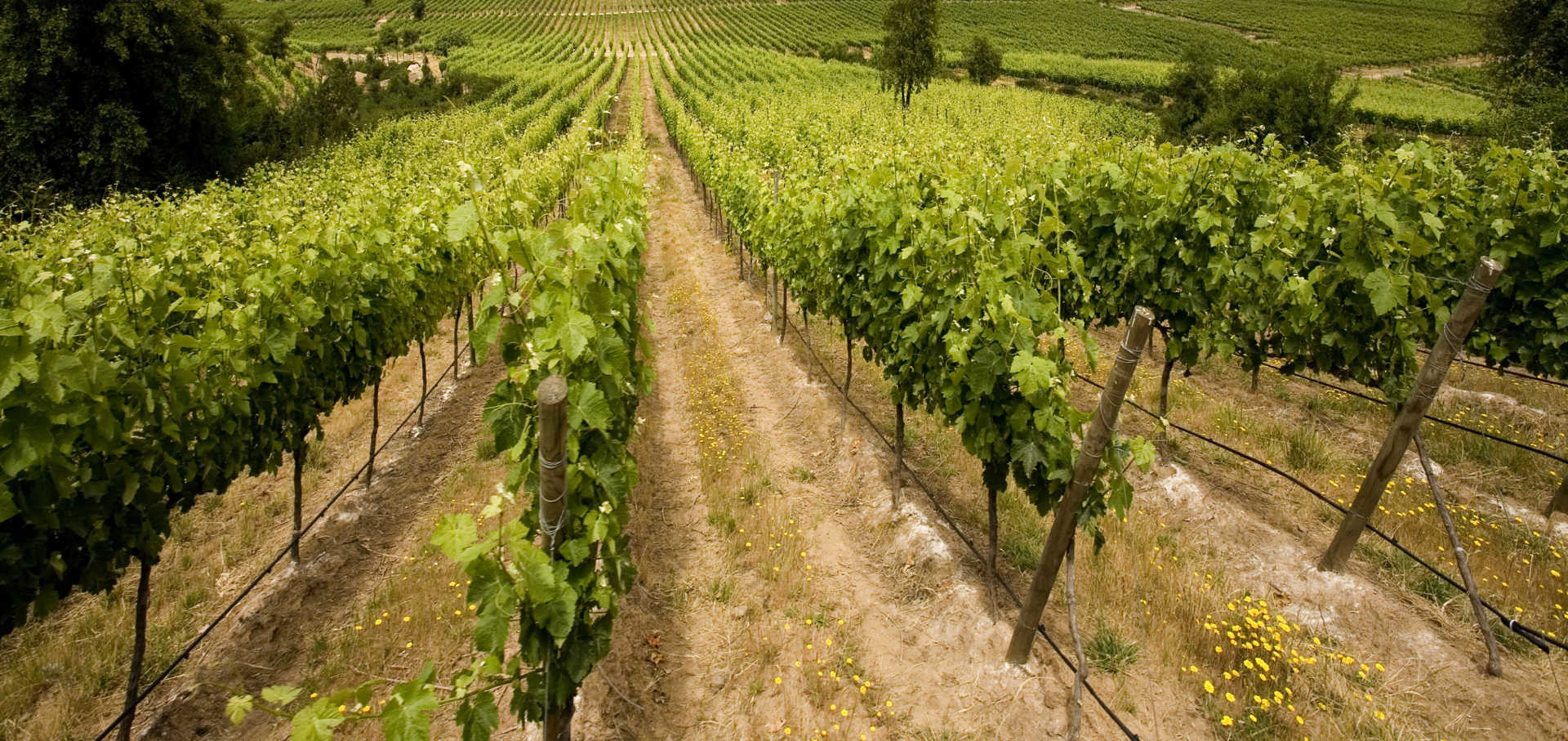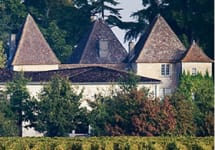Chateau Carbonnieux 2017
-
Wine
Spectator -
Wine
Enthusiast -
James
Suckling -
Jeb
Dunnuck - Decanter



Product Details
Your Rating
Somm Note
Winemaker Notes
The 2017 red vintage is enhanced by its freshness and rich fruity character such as raspberry and blackcurrant without an excess of maturity. The analyses show an important intensity in color giving a beautiful garnet red. In the mouth, the entry is delicate, the mid-palate is compact and sweet at the same time. All this gives a fine long structured finish. 2017 will be a vintage full of finesse.
Blend: 65% Cabernet Sauvignon, 25% Merlot, 5% Cabernet Franc, 5% Petit Verdot
Professional Ratings
-
Wine Spectator
This packs solid blackberry, red currant and boysenberry fruit paste flavors together, all inlaid with tar and licorice snap notes. A bold brambly edge infuses the finish with grip and energy. Cabernet Sauvignon, Merlot, Cabernet Franc and Petit Verdot. Best from 2022 through 2035.
-
Wine Enthusiast
The ripeness of this wine creeps up slowly to reveal swaths of black fruits and a densely tannic core. The wine is layered with acidity that balances the black-currant flavors. The wine will age well. Drink from 2023.
-
James Suckling
This has attractively fresh and ripe, cassis and blackcurrant aromas. The palate has measured shape and a supple, fleshy feel with plenty of depth to the cassis and blueberries. Drink or hold.
-
Jeb Dunnuck
The 2017 Château Carbonnieux is also more than a little impressive. This medium-bodied, balanced, elegant red gives up notes of cassis, spring flowers, and classy oak. It’s not massive by any stretch yet excels on its balance and purity.
Barrel Sample: 90-92 -
Decanter
They have controlled the extraction extremely well here, and it has some lovely delicacy on the attack, with firm blackberry and blueberry fruits - the fruit register is on the fresh side but they have handled it with precision and care. It stops a little short, but the aromatics are very clean and elegant, and highly appealing when you give it time to unfurl.
Barrel Sample
Other Vintages
2022-
Robert
Parker - Decanter
-
James
Suckling -
Jeb
Dunnuck
-
James
Suckling -
Jeb
Dunnuck
-
James
Suckling -
Jeb
Dunnuck -
Wine
Enthusiast -
Wine
Spectator - Decanter
-
Robert
Parker
-
James
Suckling -
Jeb
Dunnuck -
Wine
Enthusiast - Decanter
-
Wine
Spectator -
Robert
Parker -
Wilfred
Wong
-
Wine
Enthusiast -
Wine
Spectator -
James
Suckling -
Jeb
Dunnuck - Decanter
-
Robert
Parker
-
James
Suckling -
Wine
Enthusiast - Decanter
-
Wine
Spectator -
Jeb
Dunnuck -
Robert
Parker
-
Wine
Enthusiast -
James
Suckling - Decanter
-
Robert
Parker -
Jeb
Dunnuck -
Wine
Spectator
-
Wine
Enthusiast -
Robert
Parker -
Wilfred
Wong -
James
Suckling -
Wine
Spectator
-
Wine
Enthusiast -
James
Suckling
-
James
Suckling -
Robert
Parker -
Wine
Spectator -
Wine
Enthusiast
-
Wine
Enthusiast -
Robert
Parker
-
Connoisseurs'
Guide -
Robert
Parker -
Wine
Enthusiast
-
Robert
Parker


Marc Perrin acquired and restored the chateau in 1956. His son, Antony, currently manages the estate. The gravelly soil at Carbonnieux is perfectly drained thanks to the Eau Blanche stream that carries away any excess water. The 85 hectares of vines are evenly divided between red and white wine varieties. The white wine is fermented and aged in barrel for 10 months. The red wine is aged for 15 to 18 months in barrel, depending on the quality and characteristics of the vintage.

One of the world’s most classic and popular styles of red wine, Bordeaux-inspired blends have spread from their homeland in France to nearly every corner of the New World. Typically based on either Cabernet Sauvignon or Merlot and supported by Cabernet Franc, Malbec and Petit Verdot, the best of these are densely hued, fragrant, full of fruit and boast a structure that begs for cellar time. Somm Secret—Blends from Bordeaux are generally earthier compared to those from the New World, which tend to be fruit-dominant.

Recognized for its superior reds as well as whites, Pessac-Léognan on the Left Bank claims classified growths for both—making it quite unique in comparison to its neighboring Médoc properties.
Pessac’s Chateau Haut-Brion, the only first growth located outside of the Médoc, is said to have been the first to conceptualize fine red wine in Bordeaux back in the late 1600s. The estate, along with its high-esteemed neighbors, La Mission Haut-Brion, Les Carmes Haut-Brion, Pique-Caillou and Chateau Pape-Clément are today all but enveloped by the city of Bordeaux. The rest of the vineyards of Pessac-Léognan are in clearings of heavily forested area or abutting dense suburbs.
Arid sand and gravel on top of clay and limestone make the area unique and conducive to growing Sémillon and Sauvignon blanc as well as the grapes in the usual Left Bank red recipe: Cabernet Sauvignon, Merlot, Cabernet Franc and miniscule percentages of Petit Verdot and Malbec.
The best reds will show great force and finesse with inky blue and black fruit, mushroom, forest, tobacco, iodine and a smooth and intriguing texture.
Its best whites show complexity, longevity and no lack of exotic twists on citrus, tropical and stone fruit with pronounced floral and spice characteristics.
